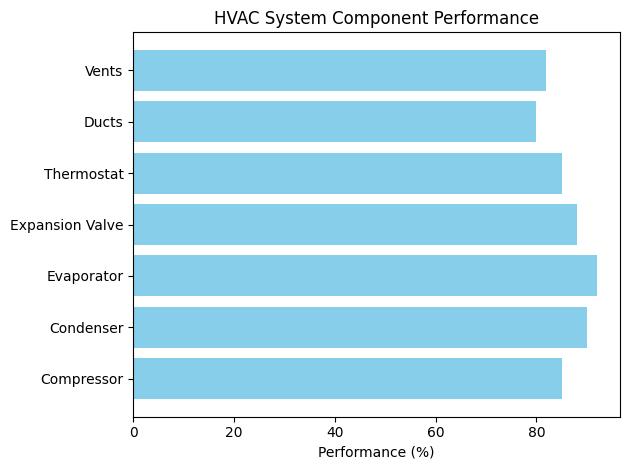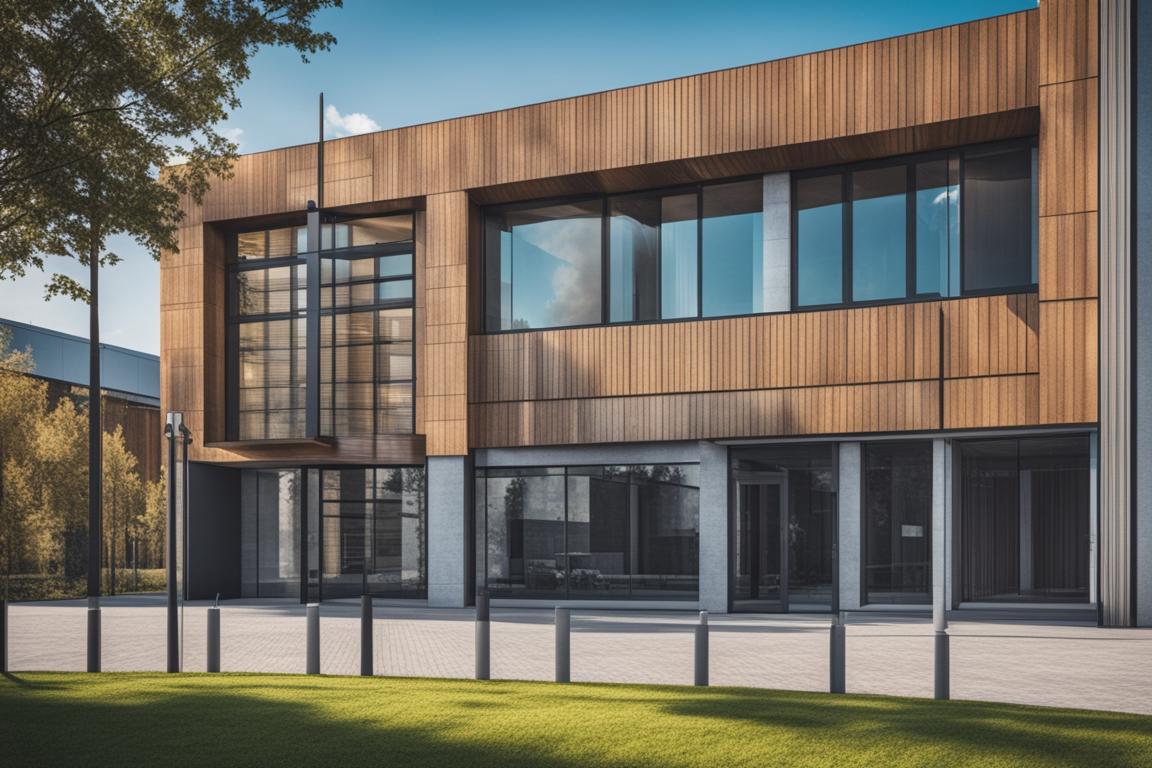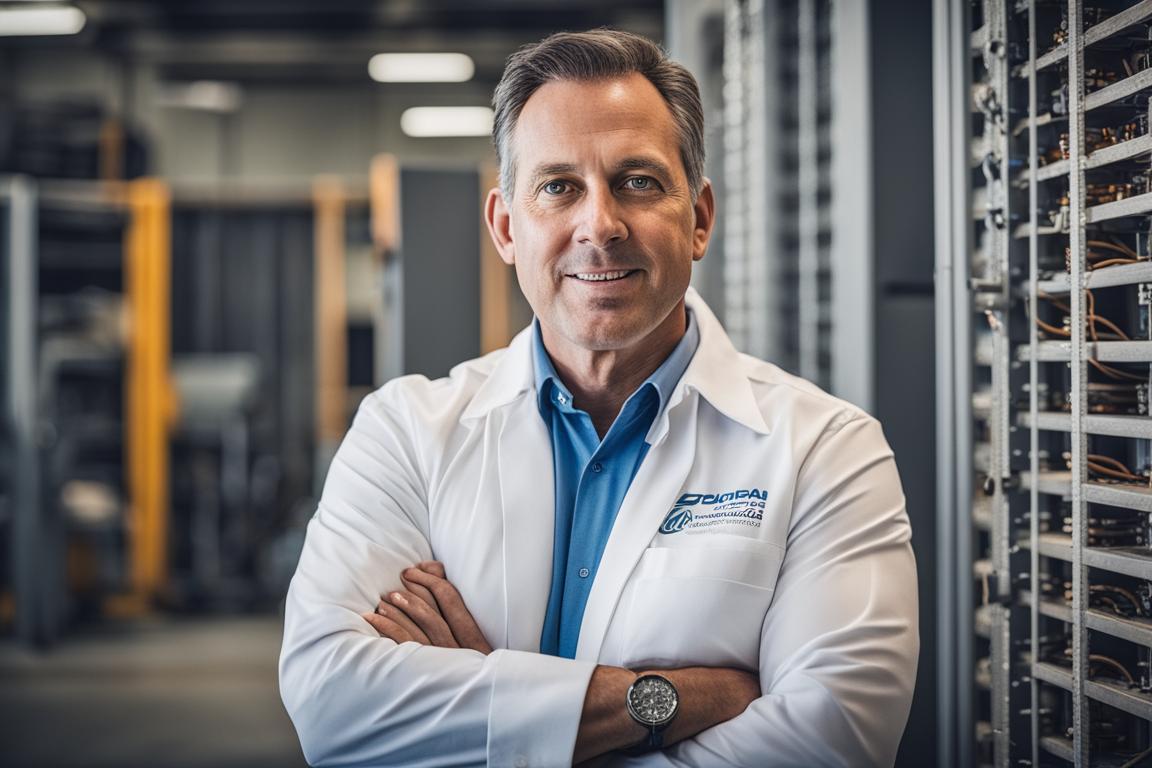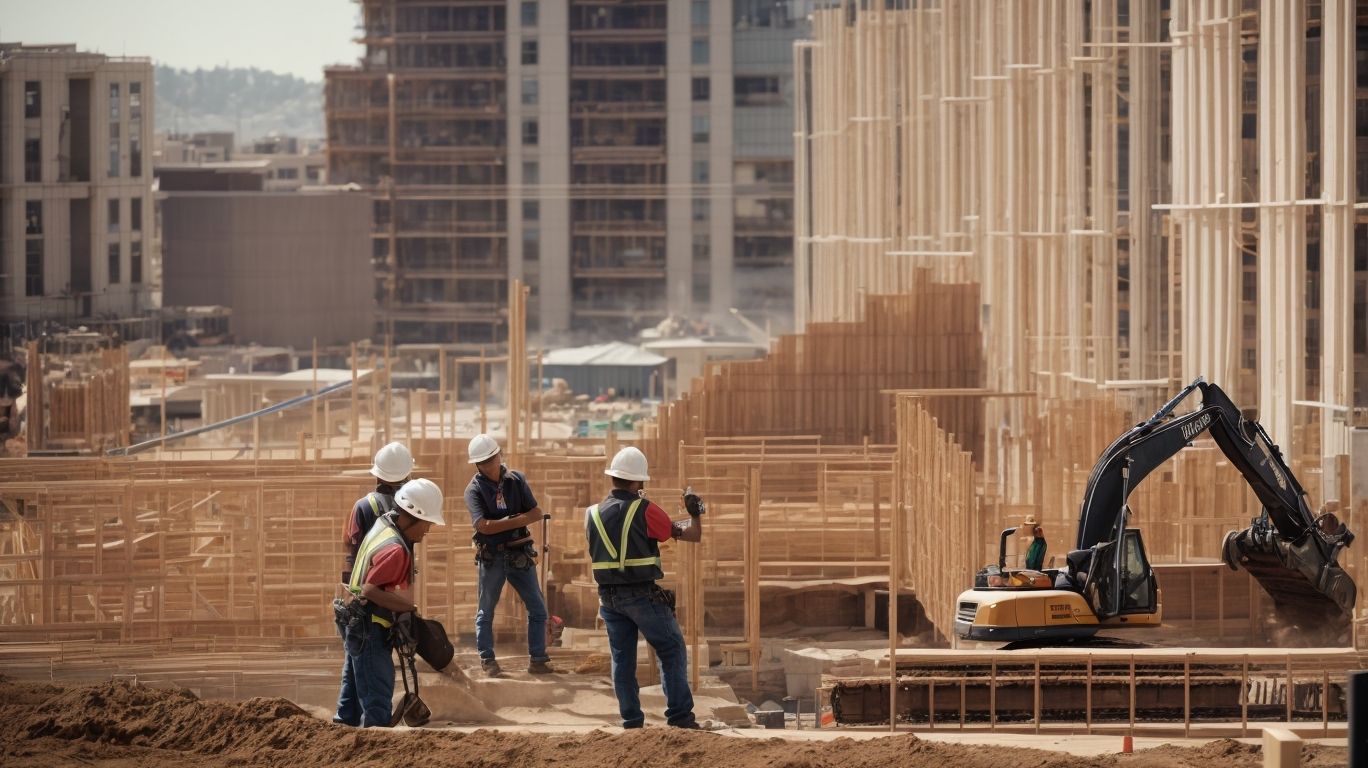
SF Engineer’s Blueprint for HVAC Structural Integration Success
Learn about HVAC Structural Integration Engineer in SF
- What HVAC and structural integration engineering entail.
- Educational and professional requirements for this role in San Francisco.
- The impact of HVAC systems on structural design in San Francisco, including compliance and regulations.
What is the role of HVAC structural integration engineers in San Francisco, and what are the unique challenges they face in this dynamic city known for its iconic architecture and diverse building structures? In this comprehensive guide, we delve into the pivotal role of these professionals, the educational and professional requirements, the intricacies of integrating HVAC systems with structural engineering, project management and coordination, compliance and regulations specific to San Francisco, problem-solving and troubleshooting, technological advancements, communication and collaboration skills, future trends, and career prospects in this dynamic field.

Defining HVAC and Its Role in Building Structures
HVAC, which stands for Heating, Ventilation, and Air Conditioning, plays a critical role in ensuring indoor air quality, thermal comfort, and environmental sustainability within buildings. The integration of HVAC systems with the structural design is essential for optimizing energy efficiency and maintaining structural integrity.
The Role of a Structural Integration Engineer in the HVAC Industry
A structural integration engineer in the HVAC industry is responsible for seamlessly incorporating HVAC systems within the architectural framework of buildings. They ensure that the structural elements can support the HVAC components while maintaining safety and functionality.
Key Responsibilities and Duties of the Position in San Francisco
In San Francisco, HVAC structural integration engineers are tasked with evaluating building designs to accommodate HVAC systems, collaborating with architects and construction teams, ensuring compliance with local building codes and regulations, and implementing innovative solutions for optimal HVAC performance.
Educational and Professional Requirements for HVAC Structural Integration Engineers in San Francisco
Academic Qualifications and Degrees Needed
Becoming an HVAC structural integration engineer in San Francisco typically requires a bachelor’s degree in structural engineering or a related field. A strong foundation in structural analysis, building design, and HVAC principles is crucial for success in this role.
Certifications and Licenses Required for San Francisco
Professionals in this field often pursue certifications such as the Structural Engineering Professional (SEP) license and HVAC-specific credentials to demonstrate their expertise and compliance with industry standards in San Francisco.
Relevant Professional Experience in Structural Engineering and HVAC Systems in the San Francisco area
Having practical experience in structural engineering and HVAC systems within the San Francisco landscape is invaluable. It provides insights into the unique architectural styles and environmental considerations of the region.

Understanding the Integration of HVAC Systems with Structural Engineering in San Francisco
Impact of HVAC Systems on Structural Design in San Francisco
The installation of HVAC systems can significantly impact the structural design of buildings in San Francisco. Engineers must account for the additional loads, ductwork, and equipment placement to ensure structural stability.
Collaboration with Architects and Other Engineers in San Francisco
Effective collaboration with architects, mechanical engineers, and other construction professionals is essential for harmonizing HVAC requirements with the overall building design in San Francisco.
Ensuring Structural Integrity and Safety while Accommodating HVAC Requirements in San Francisco’s unique architectural landscape
Preserving the structural integrity and safety of buildings while accommodating HVAC requirements is a top priority. This entails meticulous planning and engineering to achieve a seamless integration of HVAC systems.
Personal Experiences and Case Studies
Including personal experiences or case studies from HVAC structural integration engineers working in San Francisco would enhance the article’s credibility and demonstrate first-hand experience. For example, detailing specific projects in San Francisco where the integration of HVAC systems with structural engineering posed unique challenges and how they were overcome would add depth to the content.
Real-life Case Study: Overcoming Structural Challenges in Retrofitting HVAC Systems
An Unexpected Challenge
During a project to retrofit an older building in San Francisco with a modern HVAC system, our team encountered unexpected structural challenges. The existing framework of the building posed limitations on where the air ducts and mechanical units could be installed, leading to a potential compromise in the system’s efficiency.
Innovative Solutions
To address this, we worked closely with both the structural engineers and HVAC experts to devise a creative solution. By utilizing advanced software for structural analysis and HVAC design, we were able to identify alternative pathways for the ductwork and strategically place the mechanical units without compromising the building’s integrity.
Successful Implementation
Through effective collaboration and problem-solving, we successfully integrated the HVAC system without compromising the structural integrity of the building. This experience highlighted the importance of proactive collaboration between HVAC and structural engineers, as well as the value of leveraging technology for innovative solutions in San Francisco’s unique architectural landscape.

Incorporating Expert Interviews
Incorporating interviews or quotes from industry professionals in San Francisco would further validate the information presented and provide diverse perspectives.
| Project Management and Coordination | Description |
|---|---|
| Working with Construction Teams | Collaborating closely with construction teams to ensure successful implementation of HVAC plans within project timelines and budgets in San Francisco. |
| Coordinating with Mechanical and Electrical Engineers | Essential coordination with mechanical and electrical engineers for integrating HVAC systems with other building components in San Francisco. |
| Managing Project Timelines and Budgets | Crucial oversight of the integration of HVAC systems within allocated timelines and budgets, addressing any challenges that may arise in the process in San Francisco. |
Project Management and Coordination for HVAC Structural Integration Engineers in San Francisco
Working with Construction Teams to Implement HVAC Plans in the San Francisco area
HVAC structural integration engineers collaborate closely with construction teams to ensure the successful implementation of HVAC plans while adhering to project timelines and budgets in San Francisco.
Coordinating with Mechanical and Electrical Engineers in San Francisco
Coordination with mechanical and electrical engineers is essential for integrating HVAC systems with other building components, guaranteeing optimal functionality and efficiency in San Francisco.
Managing Project Timelines and Budgets Related to HVAC Structural Integration for San Francisco buildings
Effective project management is crucial for overseeing the integration of HVAC systems within the allocated timelines and budgets, addressing any challenges that may arise in the process.

Compliance and Regulations Specific to San Francisco
Knowledge of Building Codes and Regulations Related to HVAC Systems in San Francisco
A deep understanding of San Francisco’s building codes and regulations pertaining to HVAC systems is imperative to ensure full compliance and adherence to local standards.
Ensuring Compliance with Safety and Environmental Standards in San Francisco
HVAC structural integration engineers must prioritize safety and environmental standards, aligning with San Francisco’s commitment to sustainability and environmental responsibility.
Common Questions
Who is an HVAC Structural Integration Engineer in SF?
An HVAC Structural Integration Engineer in SF is a professional who designs and integrates heating, ventilation, and air conditioning systems into building structures.
What does a Structural Integration Engineer do in HVAC?
A Structural Integration Engineer in HVAC ensures that heating, ventilation, and air conditioning systems are seamlessly integrated into building structures, considering factors like load-bearing capacity and airflow.
How does a Structural Integration Engineer optimize HVAC systems?
A Structural Integration Engineer optimizes HVAC systems by carefully analyzing building structures to ensure efficient placement of heating, ventilation, and air conditioning components.
What if I think my building structure is too complex for HVAC integration?
If you believe your building structure is complex, an experienced HVAC Structural Integration Engineer can assess and develop a customized integration plan to address the complexity.




No Comments